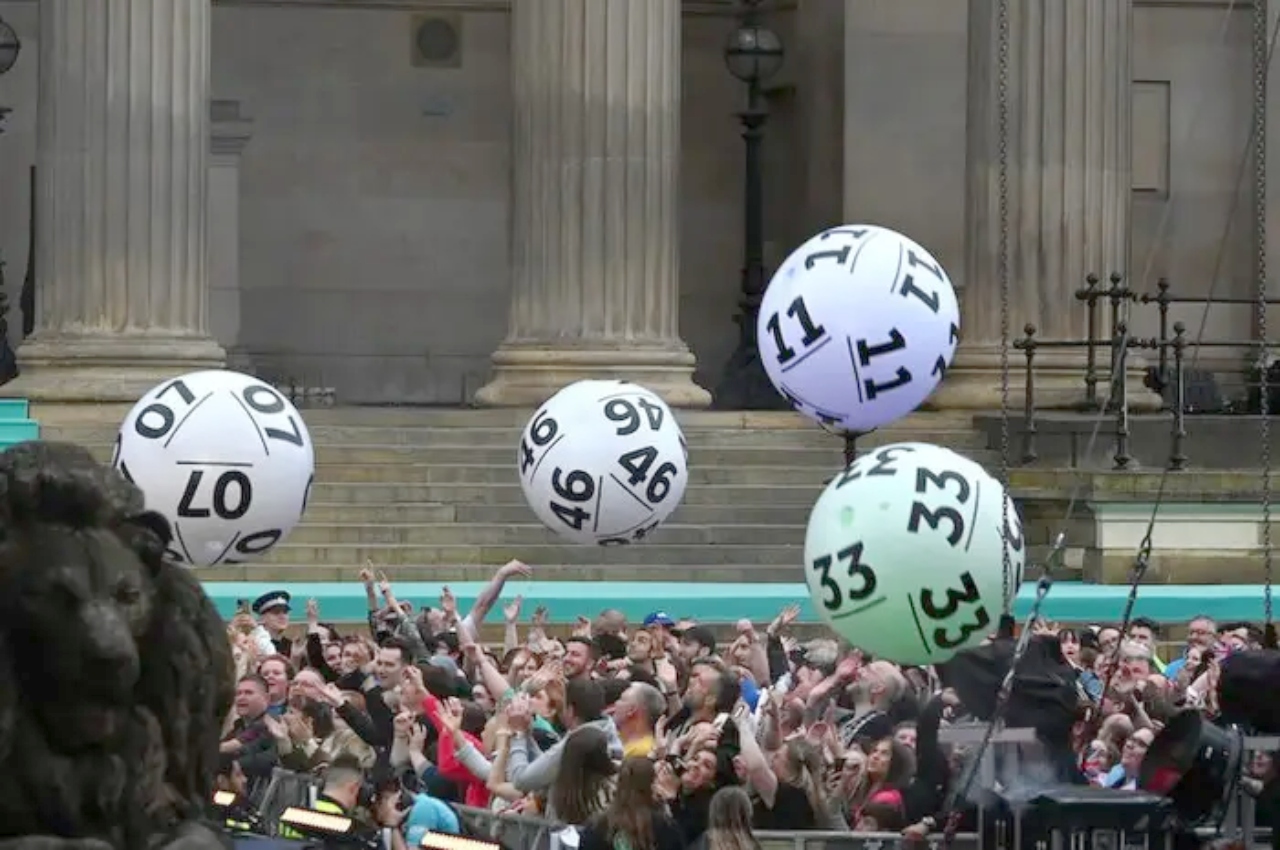Mathematicians in the UK have announced that they have figured out exactly how many tickets you would have to buy to guarantee winning in the country’s national lottery — 27.
Unfortunately, that doesn’t mean you’ll win enough to cover the cost of the tickets, the mathematicians said.
The UK’s National Lottery’s main game, the Lotto, is held twice weekly and random draws six numbers from 1 to 59. This December, the lottery organizers announced that its latest jackpot was set to hit a record, tax-exempt $28.9 million. The odds of winning it are around 1 in 45 million.
Mathematicians David Stewart and David Cushing at the University of Manchester can’t snag you a jackpot — but in a paper published in July, they said they’ve at least worked out the minimum number of tickets needed to be assured of any win, even if it’s just a free play.
They devised a list of 27 specific tickets that, in mathematical terms, cover all the bases to yield some sort of win. They’ve published those (below), though according to the New Scientist, they’ve since found further sets of numbers that also meet the criteria.
With each ticket costing £2 (about $2.50), that’s £54, or about $69, in outlay.
In any given Lotto game, getting two of the numbers right wins the player a free ticket, while getting three of them wins about $38. All six, and you’ve won a share of the jackpot.
To find the combinations, researchers used a mathematical system called finite geometry, which involves plotting the numbers 1 to 59 in pairs or triplets on a series of geometric shapes.
Each number set is then connected with lines, generating a series of six numbers — equalling one ticket. It takes 27 of those to cover all 59 numbers and guarantee at least a pair will match, they said.
But another mathematician, Peter Rowlett, at the UK’s Sheffield Hallam University, has said that in 99% of cases, people using these numbers still won’t get their money back.
And, of course, the more people who play the above sets of numbers means there will be more people having to share any jackpot that results.
In one rare instance, a member of Stewart and Cushing’s research group managed to win $2,243 with the 27 numbers, they told the New Scientist. “He’s incredibly lucky with it,” Cushing said — although the colleague still hasn’t bought them lunch to say thanks, he added.
The pair themselves aren’t exactly cashing in, however. When they tested the 27 tickets in July, they matched two balls on three tickets. That won them three free tickets — which promptly came to nothing.
Despite their number crunching, the mathematicians say they’re not interested in using the combinations themselves anymore.
“I came to the conclusion that whenever we were involved, they didn’t make any money, and then they made money when we decided not to put them on,” Cushing told the New Scientist. “That’s not very mathematical, but it seemed to be what was happening.”


